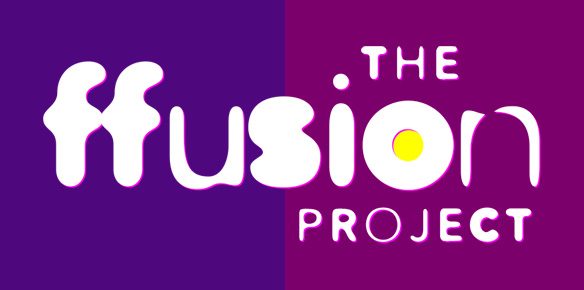The History and Culture of Albanian traditional folk music
David Cummins
Futureworks University
Protocol v1.
1.Background
This study looks to examine the history and origins of Albanian traditional folk music. It will look separately at the polyphonic and monadic singing styles of Ghegeria – the northern part of Albania – and the polyphonic and iso-polyphonic style of Toskëria and Labëria – the southern parts of Albania. My interest in this folk music and tradition stems originally from musical relationships I have formed with Albanian artists and performers that resulted in me visiting Albania where I was fortunate to meet historian and iso-polyphonic music expert Fitim Çaushi. I had the opportunity to visit ‘the home’ of iso-polyphonic music, Gjirocaster where I discussed the traditions of this singing style with practitioners and artists. There has been little research outside of Albania into this music and indeed up until the mid-20th century it was virtually ignored by ethnomusicologists (Shetuni, 2011). Because of this relative paucity of recent research outside of Albania I believe this study will add to the understanding of the Albanian folk music tradition and be of some use to future researchers of this music.
2.Research Objectives
Primarily my research is intended to further my understanding of the structure and lyricism of Albanian folk music. To understand its musical and tonal structures. To understand and investigate the origins of Albanian folk music in the different areas of the country.
- Examine how geographic isolation shaped the music of the different areas of northern Albania
- Examine how the iso developed in Labëria and Toskeria in Southern Albania
- Contrast the 4 part polyphonic music that was granted UNESCO heritage status with 2 and 3 part polyphonic music.
- Consider what the future holds for this traditional music
3.Research Design
I intend to study existing English texts and translate important Albanian texts where possible. I will be travelling to Albania to meet and interview practitioners and experts, translating their interviews for use in the study. And I will be using existing public domain research and other information.
Primary and Secondary Sources.
Primary Sources
- Fitim Çaushi – historian
- Viktor Ali – Iso-polyphonic expert and singer
- The members of the group Thesaret labe
Secondary Sources
- Published literature
- Websites
- Documentary and film recordings in the public domain
4.Setting
- My study is supervised at meetings with Peter Jenkinson at Futureworks
- Independent study is undertaken at home and Manchester Central Library
- Interviews – in Tirana and Gjirocaster, Albania
- Participants
- Fitim Çaushi
- Viktor Ali
- Altin Gjoni (translations)
- Peter Jenkinson (Senior Lecturer)
Bibliography
Shetuni, S. J., 2011. Albanian Traditional Music: An Introduction, with Sheet Music and Lyrics for 48 Songs. s.l.:McFarland & Company.
